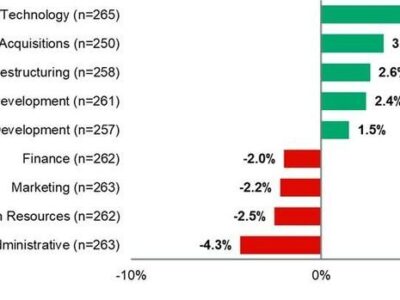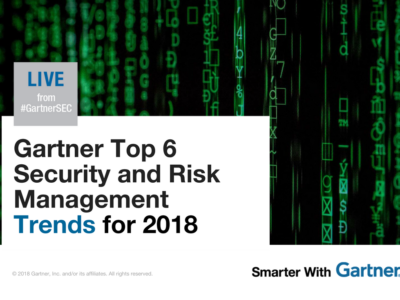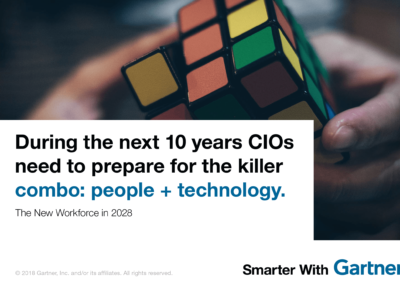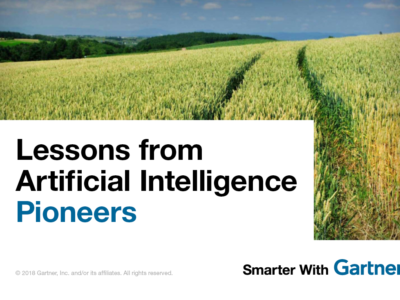Security professionals must consider the risks of blockchain as they innovate.
The U.K. government is currently considering options for its Land Registry department, the organization that guarantees titles to registered estates and interests. While digital currency usually steals the blockchain spotlight, land registry provides another interesting application, with pilot projects happening around the world. A blockchain-enabled solution would enable people to discover who owns a particular property, and ensure that the transfer of ownership does not occur without the authorization of interested parties, including a bank holding the property as security on a loan.
Gartner has seen a sharp rise in the number of enterprises promoting the use of blockchain.
Gartner has seen a sharp rise in the number of enterprises promoting the use of blockchain, says Jonathan Care, research director at Gartner. The foundational distributed ledger at the heart of blockchain allows for a wide variety of assets to be tracked, including ownership, identity assertions and proofs, encryption keys or device attributes.
However, blockchain is not without risks.
Marketing hype
The definition of blockchain and its potential applications are fluid. Outside of bitcoin, implementations vary in functionality and many proposed solutions have not yet emerged from the conceptual stage. Unfortunately, the evangelistic marketing hype that can accompany blockchain distracts from the actual potential use cases. Note that blockchain nears the Peak of Inflated Expectations on the Gartner Hype Cycle for Emerging Technologies, 2016.
Scalability
As devices, data, transactions and identities increase, so do the management and storage requirements of related artifacts. CISOs need a secure and scalable approach to ensure that they can succeed in coming years. Scalability is currently considered a risk; however, researchers are currently looking into options that would move away from traditional distributed consensus mechanisms toward scalable methods. This risk may actually become a benefit in the future.
Read More: The CIO’s Guide to Blockchain
Cyberattacks/fraud
A recent attack on the Distributed Autonomous Organization exploited the weaknesses in smart contracts and raised red flags about security. Bitcoin has relatively few vulnerabilities and is lauded for its resilient nature, but the burden of security has moved from the network to the endpoints that are writing to the blockchain. Vulnerabilities typically occur in operating systems, networking protocols and some security-related areas.
Difficult risk assessment
With the increasing range of blockchain offerings, it is difficult to construct a detailed threat model to perform a risk assessment. Additionally, blockchain can lack the clarity of oversight and audibility of traditional systems. Plus, the system can be difficult to explain and understand.
With the increasing range of blockchain offerings, it is difficult to construct a detailed threat model on which to perform a risk assessment. Blockchain is a complex technological system, and can lack the clarity of oversight and auditability that more traditional systems offer. As an additional complication, blockchain lacks common standards or regulations.
“Overall, blockchain is new and people don’t understand it; it is complex, and therefore accurately assessing risk and exposure is a challenge,” Mr. Care said. “In addition, this is exacerbated because there are currently no common standards or regulations.”
Get Smarter
Client Research
Gartner clients can learn more about recommendations for dealing with blockchain risk in Innovation Insight for Blockchain Security.
Gartner Symposium/ITxpo
Learn more about CIO leadership and how to drive digital innovation to the core of your business at Gartner Symposium/ITxpo 2016, October 24-27, Gold Coast, Australia, the world’s most important gathering of CIOs and other senior IT executives. Follow news and updates from the event on Twitter using #GartnerSYM.










